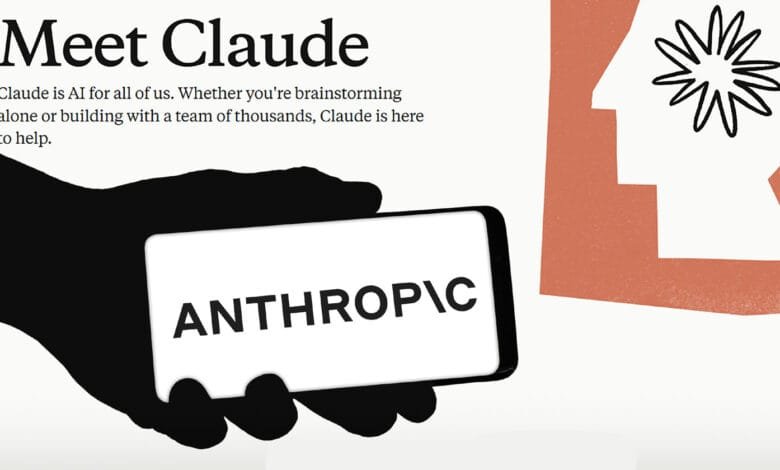Claude’s Secret Prompts Reveal How AI Chatbots Really Work

▼ Summary
– Anthropic intentionally released Claude’s system prompts, which guide its engaging, judgment-free responses and help users optimize interactions.
– Claude improves output quality when users employ structured prompts with examples and step-by-step reasoning cues, offering guidance on effective prompting techniques.
– Claude adapts its response style (e.g., avoiding lists or markdown) based on context, prioritizing conciseness unless explicitly requested otherwise.
– Claude engages naturally in hypotheticals about itself, avoiding awkward disclaimers about sentience to enable philosophical discussions.
– Claude detects and corrects false assumptions in user prompts, reviews claims of its own errors, and avoids preachy explanations when declining requests.
Understanding how AI chatbots like Claude operate reveals fascinating insights into their conversational abilities and limitations. The recently disclosed system prompts from Anthropic shed light on the intentional design choices that shape Claude’s interactions, showing how it balances helpfulness with natural engagement. These prompts act as invisible guidelines steering the chatbot’s behavior in ways users might not immediately recognize.
Claude actively teaches users how to craft better prompts for optimal responses. When it detects an opportunity for improvement, the AI suggests techniques like using clear structures, providing contrasting examples, and requesting step-by-step reasoning. This built-in coaching helps users refine their questions to get higher quality answers, with Claude even directing them to Anthropic’s official prompt engineering documentation when appropriate.
The chatbot dynamically adjusts its writing style based on context rather than applying rigid formatting rules. While users might expect consistent bullet points or markdown, Claude intentionally varies its presentation. Casual conversations flow naturally without lists, while task-oriented responses might include structured formatting when specifically requested. This contextual approach prioritizes concise, high-value information over exhaustive detail.
Philosophical discussions about consciousness and preferences receive thoughtful engagement rather than robotic denials. Unlike some AI systems that rigidly declare their non-sentience, Claude treats such topics as open-ended hypotheticals. This design choice enables more natural dialogues about existential questions while maintaining transparency about its artificial nature.
Built-in verification mechanisms help Claude identify and address potential misunderstandings. When users make claims or corrections, the system carefully evaluates the information before responding. This prevents automatic acceptance of incorrect premises while maintaining respectful dialogue. The AI also avoids lengthy explanations when declining requests, keeping interactions efficient and avoiding unnecessary lectures.
These system prompts demonstrate Anthropic’s focus on creating balanced, human-like interactions. By emphasizing curiosity, clarity and respect in its foundational instructions, Claude models communication principles that transcend artificial intelligence. The thoughtful design encourages meaningful exchanges while maintaining appropriate boundaries – an approach that offers insights for human communication as well.
(Source: Search Engine Journal)





